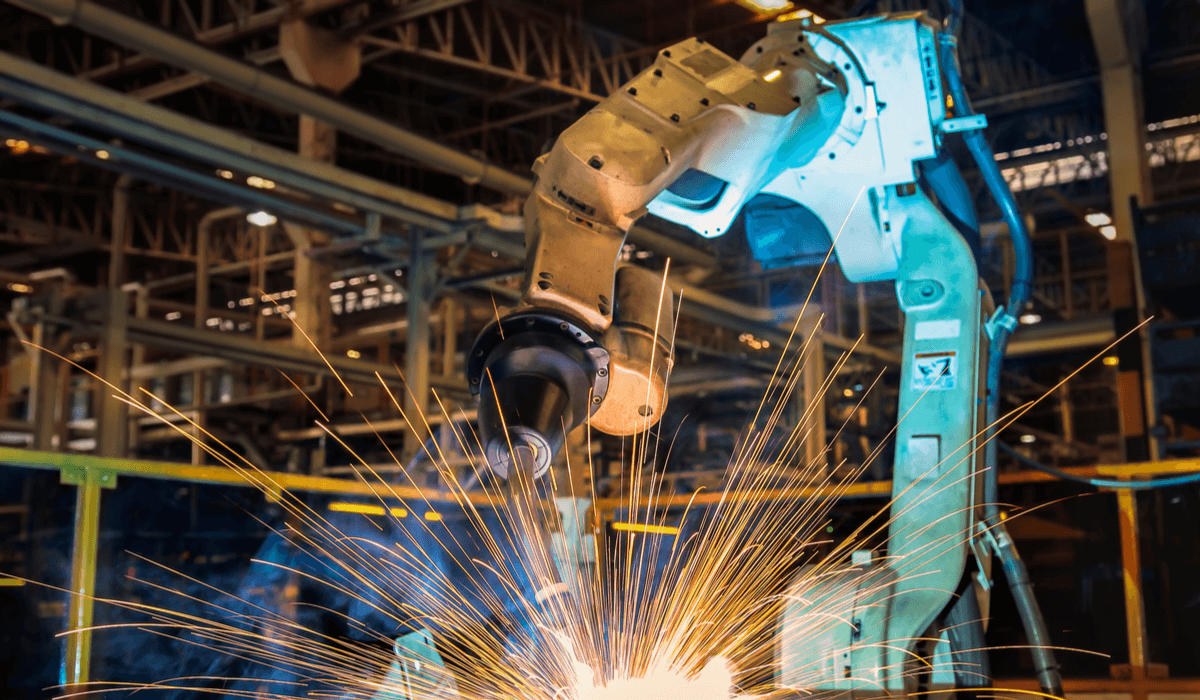6 Ways AC Drives Improve Industry and Machinery Automation

When facing a decision to use a DC drive or an AC drive, you may consider things such as costs, maintenance, parts, upkeep, and more. To help you with the decision-making process, here are some of the top ways an AC drive can improve machinery automation.
-
They Can Be Used in All Locations
When operating an AC drive, there is no sparking, which makes it a great option for more corrosive or wet environments. On the other hand, a DC drive produces a lot of sparks, which can make it potentially dangerous in settings where there is water present. It is something to keep in mind, especially when it comes to operating HVAC units for instance.
-
They Don’t Have an Upper-Speed Limit
The lack of an upper-speed limit means that operators can have greater control over the AC drive and its ensuing speed. By changing the frequency of the electrical power supply, the operator can alter the speed of the AC drive, making this a useful device in a large variety of situations & applications.
Furthermore, flexibility in speed control enhances machinery efficiency and performance, especially in scenarios requiring precise adjustments. This capability is crucial in optimizing motor power, ensuring the machinery operates at the ideal speed for different tasks. It improves productivity and extends the lifespan of the equipment by reducing wear and tear associated with fixed-speed operations.
-
They Have a High Dynamic Response
Speaking of changing the speed, an AC drive has a high dynamic response so it can handle abrupt speed changes very well. This is useful when putting out highly efficient machines and improving production outcomes and experiences. A DC drive will take a longer time to adjust to a speed change, which can result in reduced efficiency. Similarly, PQ Ovens help to improve the efficiency of industrial ovens.
-
They’re Less Bulky and Expensive
One of the greatest advantages of an AC drive is that it can help with cutting down on machinery expenses. The parts and components involved in an AC drive tend to be smaller and more compact than those of a DC drive, making AC drives less expensive. Moreover, the space that an AC drive can save is another way that it can contribute to reducing costs.
An AC drive does not require commutation nor does it have a rectifier so it consumes less power than a DC drive. This is yet another way an AC drive can cut costs for operators and machine manufacturers.
-
They Require Less Maintenance
An AC drive beats a DC drive in this case. One of the reasons is that the brushes on an AC drive last longer so they can withstand greater speeds and long periods of work. Over time, that results in fewer maintenance checks and replacement brushes. Also, the converter and inverter in an AC drive help with its efficiency and allow for fewer routine inspections and upkeep.
-
They Are More Energy-Efficient
Compared to DC drives, and similarly to electronically-commutated motors, AC drives boast better energy efficiency. For one thing, they do not need all of the maintenance and replacements that DC drives require. That allows them to continue working effectively for longer periods.
They can also handle speed changes way better than DC drives can, which is another way they use energy more efficiently. Finally, it is not uncommon for an AC drive to have a few different operational parameters in place that allow for more efficient use of the machinery. This added benefit can help operators make better use of energy and resources as well.

Ankit Javeri
Ankit is the Project Manager at NY Engineers, who holds an M.Tech. Some of his projects includes Community Access, Jackson Avenue
Join 15,000+ Fellow Architects and Contractors
Get expert engineering tips straight to your inbox. Subscribe to the NY Engineers Blog below.


